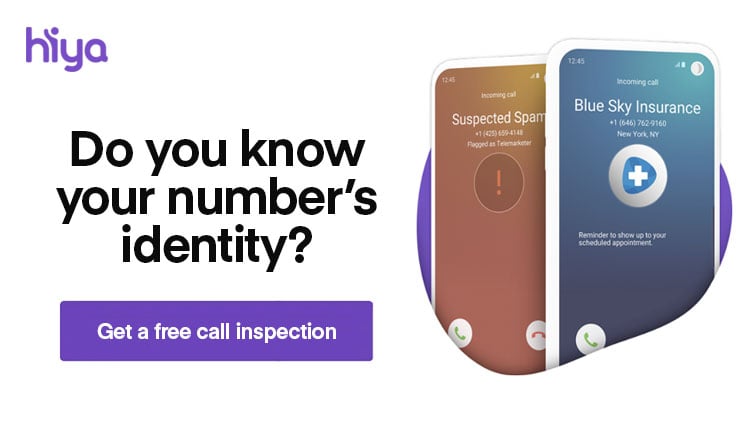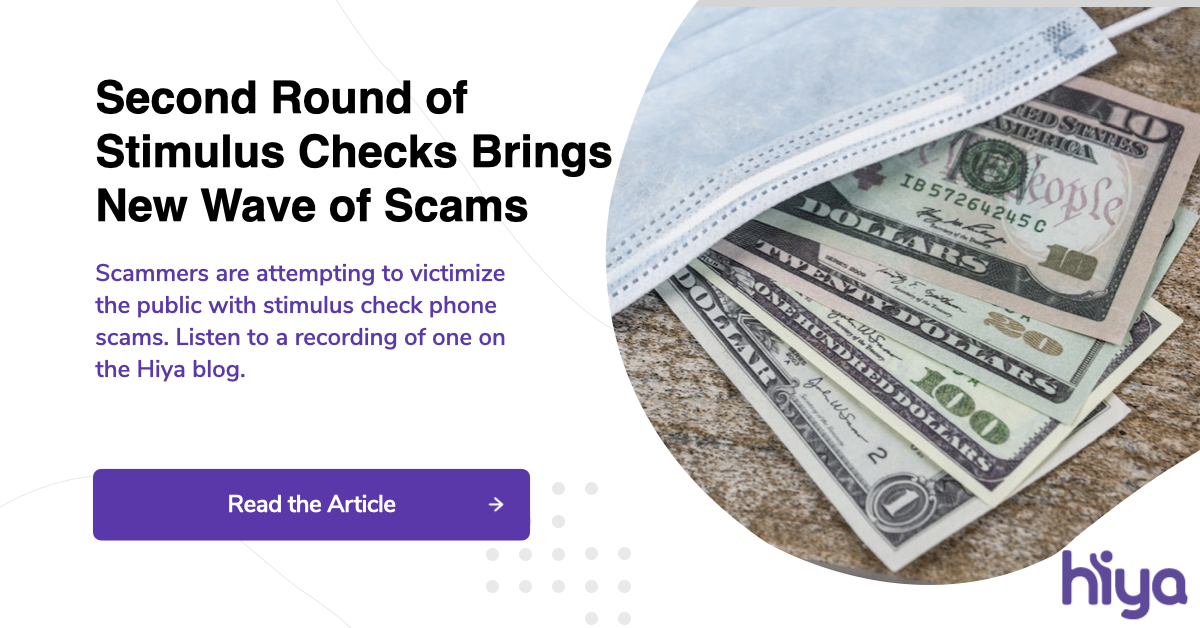Try as we might, Americans just can’t get away from the annoying spam and call scams ringing through to our phones. While we’ve covered some of the more notable ones, like the IRS scam, there are others that many have fallen victim to, such as the Grandparent scam or the Medical Alert scam.
Since Hiya believes data should be used for good, we decided to leverage our information to empower our users with the knowledge to sort the scams from calls we want to take. What we found was that some cities were home to more spam numbers than others. But before we show you the top 10 area codes spamming America, we’ll tell you a little about how we got our results to know what area codes are fake.
Hiya analyzes more than 1.5 billion calls and texts every month
As the market's most advanced spam identification system, we look at billions of calls, texts, and phone lookups from over 50 million users to determine which numbers are exhibiting spam-like behavior. But we couldn’t have done it without a little help from our users. Giving people the power to report spam numbers has helped us to alert and warn other users. A list of flagged numbers is viewable on Hiya for Android and iPhone, which shows you a spam score, number of reports, and comments from the Hiya community for incoming calls identified as suspected spam.
By combining our research with inside info from the public, we’re able to offer accurate spam scores.
We’re on a mission to help you dodge unwanted calls.
By analyzing more than 1.5 billion calls and texts in a month, we are able to identify the top 10 states making the most spam calls.
Many people fall victim to phone scams because they receive calls from area codes familiar to them, often seemingly from their backyards. While all of us are less likely to pick up a call from an 800 number, there’s a good chance that we’ll answer a call from a recognized area code. And today’s scammers know that.
Top 10 area codes that are received as spam
Outside of toll-free numbers such as 800, 866, 877, 888, and 855, we identified the following list as the top 10 area codes Americans are receiving as spam:
1) 313 – Detroit
2) 713 – Houston
3) 954 – Fort Lauderdale
4) 404 – Atlanta
5) 484 – Eastern and Southeastern Pennsylvania
6) 407 – Orlando
7) 214 – Dallas
8) 202 – Washington, D.C.
9) 972 – Dallas
10) 205 – Birmingham
Knowing this information can help you ditch the spam and scam calls, but what’s even more effective is downloading the free Hiya mobile app to receive alerts on incoming calls suspected of spam.
How to Protect Against Scam Calls
Carriers have the option to enhance their subscribers' protection against spam calls by incorporating Hiya Protect, a comprehensive solution. This solution enables carriers to block and label spam calls while assisting subscribers in identifying desired calls.
Recently, Hiya Protect introduced an additional safeguard known as Personal AI, which tailors call protection to individual subscribers. This ensures that they receive important calls while remaining shielded from targeted attacks.
Enterprises can utilize Hiya Connect to enhance customer engagement and loyalty. This solution safeguards customers from deceptive interactions and protects the brand's reputation by ensuring accurate spam labeling. Obtain a complimentary Reputation Analysis report to assess the vulnerability of your customers.
Individuals are advised to verify whether their phone carrier provides any capabilities for blocking spam or scams. If not, it is recommended to approach the carrier and suggest the incorporation of Hiya Protect.
Lastly, don’t give out personal information to a stranger over the phone. If they claim they’re from the IRS or your local bank, hang up, look up that organization’s phone number, and reach out to that party directly to ask if they’ve been attempting to reach you.
Avoiding handing out your personal information over the phone can help you avoid credit card scams that can harm you or your business financially. At the end of the day, when you choose to answer a call, you’re in control.
For more information on how fraud spam and frequency are threatening trust in voice calls, read Hiya’s State of the Call Report.












